Color Change Solar Lights: Vibrant Outdoor Illumination
Color change solar lights bring a unique blend of aesthetic flexibility and eco-friendly technology to outdoor spaces. Unlike traditional solar lights limited to a single hue, these innovative lights allow users to customize their ambiance with dynamic color shifts. This article delves into the core features, operational principles, versatile applications, key purchasing considerations, and practical benefits of color change solar lights, tailored for homeowners seeking to elevate their outdoor environments.
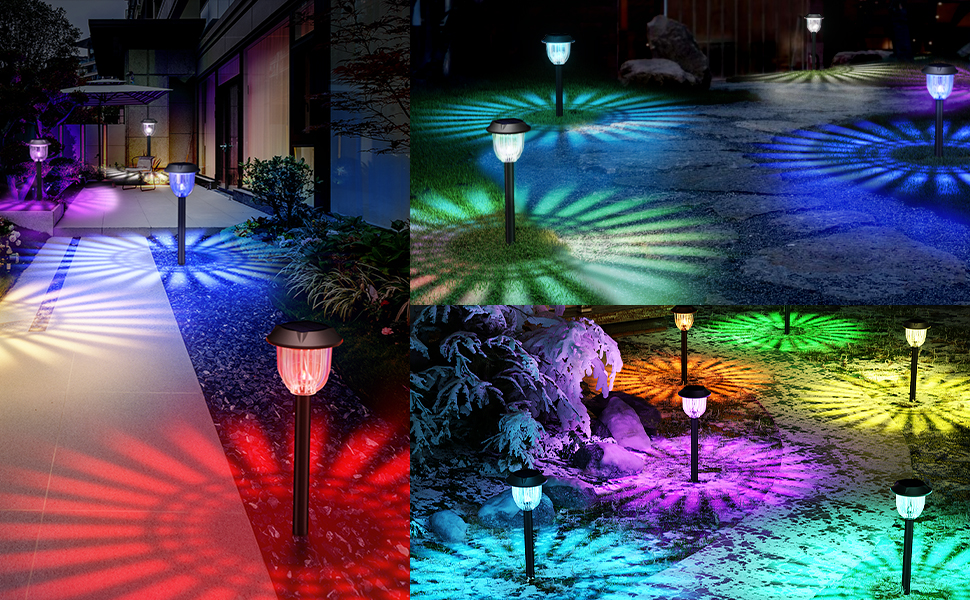
Core Features: Unique Value of Color Change Solar Lights
Color change solar lights distinguish themselves through their ability to cycle through multiple colors, offering a dynamic alternative to standard solar lights that typically emit white or warm yellow tones. Equipped with advanced RGB LED technology, these lights can produce a spectrum of colors, including red, blue, green, and more, with modes like static, fading, or flashing. This versatility makes them ideal for both decorative and functional purposes, enhancing settings from cozy backyard gatherings to festive holiday displays.
Their solar-powered design harnesses sunlight to charge internal batteries, eliminating the need for wiring or frequent battery replacements. This sustainable approach appeals to environmentally conscious homeowners, particularly in sun-rich regions like California and Arizona. Many models also incorporate smart features, such as remote controls or motion sensors, allowing seamless transitions between vibrant color displays for ambiance and bright white light for security. This combination of flexibility and eco-efficiency sets color change solar lights apart as a modern lighting solution.
How Color Change Functionality Works: The Technology Behind the Glow
The captivating effect of color change solar lights stems from the integration of RGB LEDs and solar power. Each light contains red, green, and blue LEDs that combine in varying intensities to create a wide range of colors. A microcontroller manages these transitions, enabling users to select specific hues or dynamic patterns, such as smooth fading or rapid flashing, through buttons, remotes, or apps.
The solar component relies on a photovoltaic (PV) panel that converts sunlight into electricity, storing it in a rechargeable battery (typically lithium-ion or NiMH). During daylight hours, the PV panel charges the battery, which powers the LEDs at night. Most models require 6–8 hours of sunlight to deliver up to 10 hours of illumination, though this varies by settings and weather. For instance, low-brightness color modes, like soft blues or greens, consume less energy than bright white light, extending battery life—a crucial feature in areas like the Pacific Northwest, where cloudy days are common.
Energy efficiency is optimized through power-saving modes that adjust brightness to conserve battery life during overcast conditions or shorter winter days. This synergy of light effect conversion and solar power ensures that color change solar lights deliver both stunning visuals and reliable performance.
Multi-Scene Application Guide: Choosing Color Modes for Your Space
Color change solar lights adapt seamlessly to various outdoor settings, offering tailored lighting solutions for different environments. Here’s how to select the ideal color modes for specific spaces:
Gardens
In suburban settings like those in Atlanta or Phoenix, color change solar lights can accentuate garden features. Warm hues like red or amber create an inviting atmosphere for evening gatherings, while vibrant greens and blues highlight plants or water features. String lights with slow-fading transitions can transform garden beds into enchanting displays, evoking a whimsical charm. Opt for lights with 50–100 lumens for decorative purposes to ensure a noticeable yet balanced glow.
Patios and Balconies
For urban residents in cities like Chicago or New York, where outdoor space is often compact, these lights can turn patios or balconies into vibrant retreats. Fairy lights with twinkling pastel hues, such as pink or purple, add a festive touch for social events. Spotlights with motion sensors can switch to bright white for safe navigation, then revert to color-changing modes for ambiance. Choose lights with an IP65 or higher waterproof rating to withstand diverse weather, from humid summers to snowy winters.
Pathways and Driveways
In rural or suburban areas like those in Texas or Colorado, pathway lighting serves both aesthetic and practical purposes. Color change solar lights with motion sensors provide bright white light (100–200 lumens) for safe walking, switching to colors like blue or green for visual appeal when not in use. Stake-style lights with customizable color settings can line walkways, enhancing curb appeal. Ensure durability with models designed to resist wind or accidental impacts from lawn equipment.
Seasonal and Event Decor
These lights shine during seasonal celebrations, from Fourth of July barbecues in Florida to Halloween displays in New England. Red, white, and blue modes evoke patriotic themes, while orange and purple hues suit spooky setups. String lights with rapid color transitions can drape over fences or trees, creating a festive vibe. Their easy installation and removal make them ideal for temporary event decor, offering flexibility across seasons.
Key Purchasing Dimensions: Choosing the Right Color Change Solar Lights
Selecting the best color change solar lights requires careful consideration of several factors to match your specific needs:
Color Mode Diversity
Prioritize models with multiple color options and transition modes (static, fading, flashing). Lights with remote controls or smartphone app compatibility offer greater customization, allowing you to tailor colors for specific occasions. Brands like Brightech provide models with extensive color settings, ideal for versatile applications. Aim for at least 4–6 color options to accommodate various moods and settings.
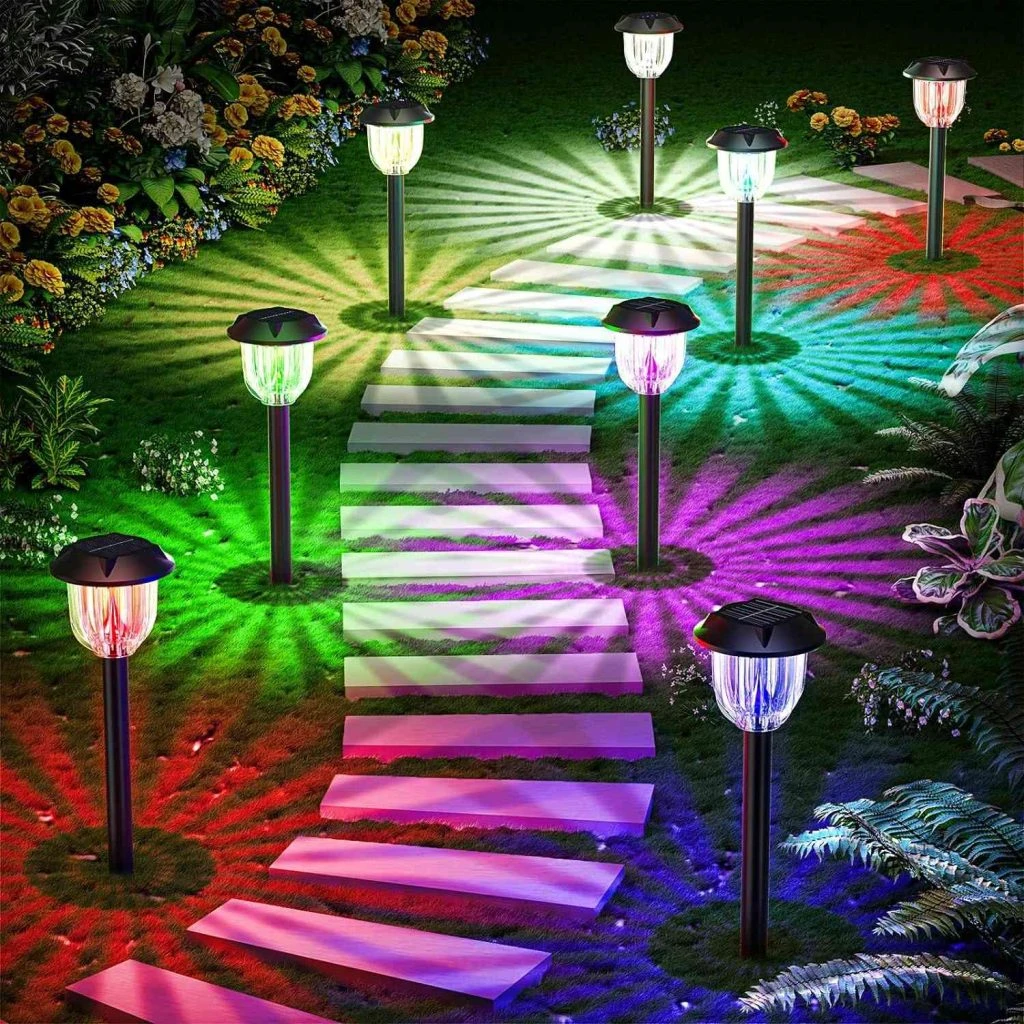
Battery Life and Light Output Matching
Battery performance is critical, especially in regions with limited sunlight, such as Seattle or Minneapolis. Choose lights with batteries rated for at least 8 hours of runtime after a full charge. Match lumen output to your needs: 5–10 lumens for subtle ambiance, 50–100 lumens for decorative accents, and 100–200 lumens for functional lighting like pathways. Power-saving modes are a valuable feature, extending runtime during cloudy conditions.
Weather Resistance and Scene Adaptability
Outdoor lights must endure diverse weather, from Florida’s humidity to Colorado’s snow. Look for an IP65 or higher rating for water and dust resistance to ensure longevity. In coastal areas like San Diego, select lights with anti-corrosion materials to withstand saltwater exposure. Stake lights should feature sturdy anchoring, while string lights need robust wiring to resist storm damage.
Ease of Installation and Maintenance
Choose lights designed for hassle-free setup, such as stake lights with ground spikes or string lights with mounting clips. Models with replaceable batteries extend product lifespan, typically 2–3 years with proper care. Check for warranties, as reputable brands often provide 1–2 years of coverage, ensuring peace of mind.
Practical Value: Merging Ambiance with Energy Efficiency
Color change solar lights deliver a compelling mix of aesthetic versatility and practical benefits, making them an excellent choice for enhancing outdoor spaces. Their ability to create tailored atmospheres—whether for intimate dinners in California backyards or festive holiday displays in Michigan—elevates the outdoor experience. By cycling through colors, they add a dynamic flair that traditional lights lack, transforming gardens, patios, and pathways into visually captivating areas.
From an energy perspective, these lights are highly efficient, relying entirely on solar power to eliminate electricity costs. In sun-abundant regions like Arizona, homeowners can achieve significant savings compared to traditional electric lighting. Their low-maintenance, eco-friendly design aligns with the growing demand for sustainable solutions, requiring only occasional cleaning of the solar panel to maintain efficiency.
Functionally, color change solar lights enhance safety and security. Motion-sensor models provide bright illumination for dark pathways or corners, deterring intruders while ensuring safe navigation. Their adaptability across seasons and settings ensures year-round value, from summer gatherings to winter celebrations.
In summary, color change solar lights offer more than illumination—they’re a transformative addition to outdoor spaces. By blending vibrant aesthetics, energy efficiency, and practical functionality, they provide an ideal solution for creating inviting, sustainable, and safe environments, whether illuminating a compact balcony in Boston or a sprawling garden in Texas.

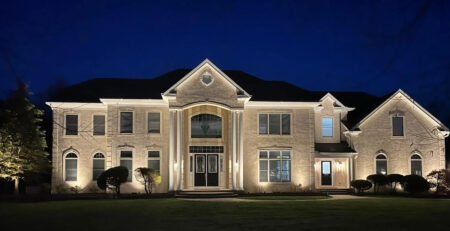

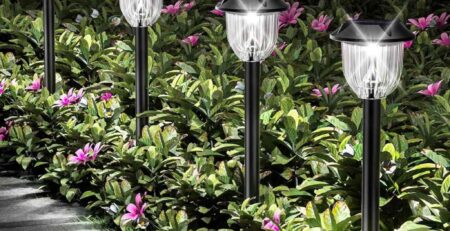



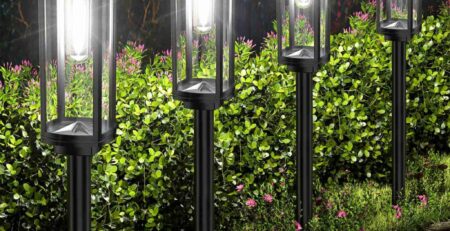
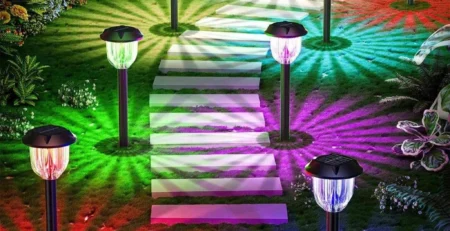
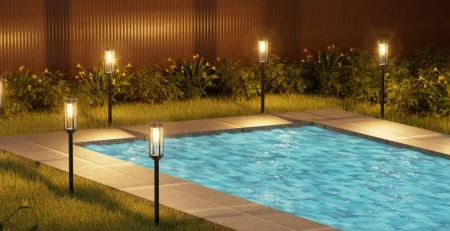
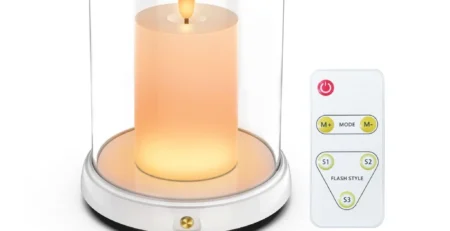
Leave a Reply